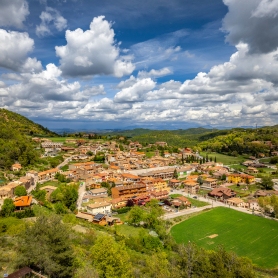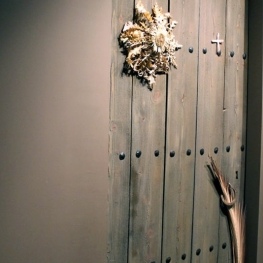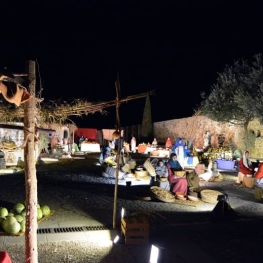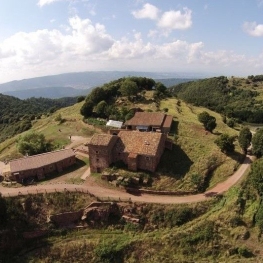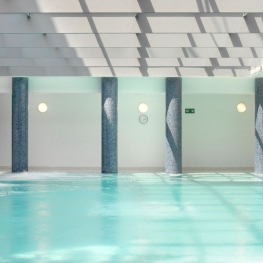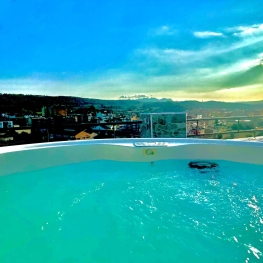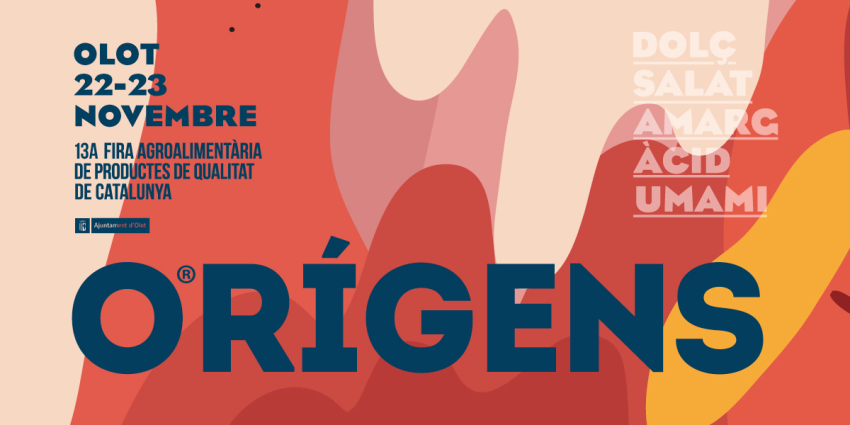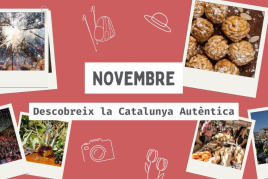Itinerary the domain of water in L'Estany
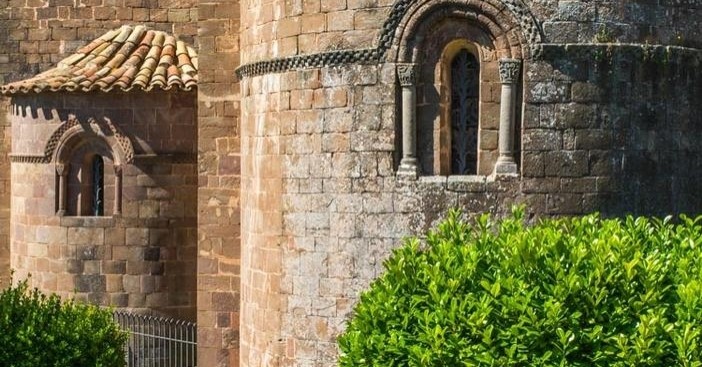
The tin is gone, but the natural and human traces are still very present. The witnesses associated with its history are found throughout: the mine, a great engineering work that facilitated the drying of the lake, and the irrigation systems, which still fulfill their duty of channeling the waters to the mine.
In l'Estany we find a large number of fountains spread throughout the territory. They are located in the mountains and the plains, and provided a fundamental service to the population, both domestic and hygienic. The Old or Las Eras Fountain and the Medio Prat Fountain are two clear examples.
Water also has an important role as a generator of energy. Although poorly preserved or transformed, the territory had a set of flour mills.
Irrigation of Los Nogales
It is part of the network of drainage channels and we know that it already existed in 1554, when the monastery ordered the repair and improvement of the lake's drainage systems.
The Mine of l'Estany
Great civil work built between 1734 and 1737 that facilitated the final evacuation of the lake's waters and, therefore, its drying. You can follow the route, observe its interior and see the final section right at Pontarró.
The Pedró del Pontarró
Sculpture of the seventeenth century. On a stone base and inside a small chapel there are sculpted Christ Crucified, the Virgin, Mary Magdalene and the two thieves, with the city of Jerusalem engraved in the background.
The Old Fountain or source of the Eras
Built in 1756 under the name of Fuente de las Eras, it later became the Old Fountain. A tombstone tells us about the character who had it built. Of daily use by the neighbors, it constitutes a reference of identity for the estanyencs.
The old pond
Now that you know that the pond is not there, walk through almost thirty thousand square meters that it occupied. A special vegetation and fauna await you... You will enjoy spectacular images of l'Estany.
The term cross
Popularly known as the Stone Cross, it was sculpted in the 14th century and is in the Gothic style. It is very important to look at the sculptural work on the capital, in which an important part of the Lake's own symbolism can be seen.
Source: City Council of L'Estany
You may also be interested in: Water and nature to enjoy with the five senses | Walking routes in Catalonia | Go hiking and get to know Catalonia on foot
What to do
Mas Casablanca
Taradell (a 14.5 Km)Mas Casablanca is a traditional peasant house, which is one that provides…
Centre d’Interpretació de la Bruixeria
Sant Feliu Sasserra (a 11.2 Km)The Bruixeria de Sant Feliu Sasserra Interpretation Center invites visitors to get…
Federació Pessebres Vivents de Catalunya
Tona (a 9.8 Km)The Federation of Living Nativity Scenes of Catalonia is a non-profit cultural…
Where to eat
Braseria Les Comes
L’Esquirol (a 29.5 Km)Located on the premises of the Anigami Adventure Park, they offer menus…
La Calma, el Bellver
Tagamanent (a 18.4 Km)At the Masía Restaurante El Bellver, from 1:00 p.m. to 3:30 p.m.,…
Bar Restaurant Xato
Gironella (a 26.5 Km)Order pizzas, burgers, tapas... at Xato Bar-Restaurant and we'll deliver them to…
Restaurant Marisquer Can Ladis
Sant Fruitós de Bages (a 23.8 Km)The Can Ladis Seafood Restaurant, located in Sant Fruitós de Bages, is…
Where to sleep
Hotel Can Pamplona
Vic (a 12.7 Km)Hoel Can Pamplona is a family-run Bed & Breakfast located just steps…
Hotel Blancafort Spa Termal
La Garriga (a 25.5 Km)Come to the Hotel Blancafort Thermal Spa and disconnect in the quiet…
Balneari Termes Victòria
Caldes de Montbui (a 26.6 Km)At the Balneario Termes Victoria Hotel we want you to feel at…
El Racó d'Artés
Artés (a 15.6 Km)Discover El Rincón de Artés or enjoy an unforgettable experience in the…


